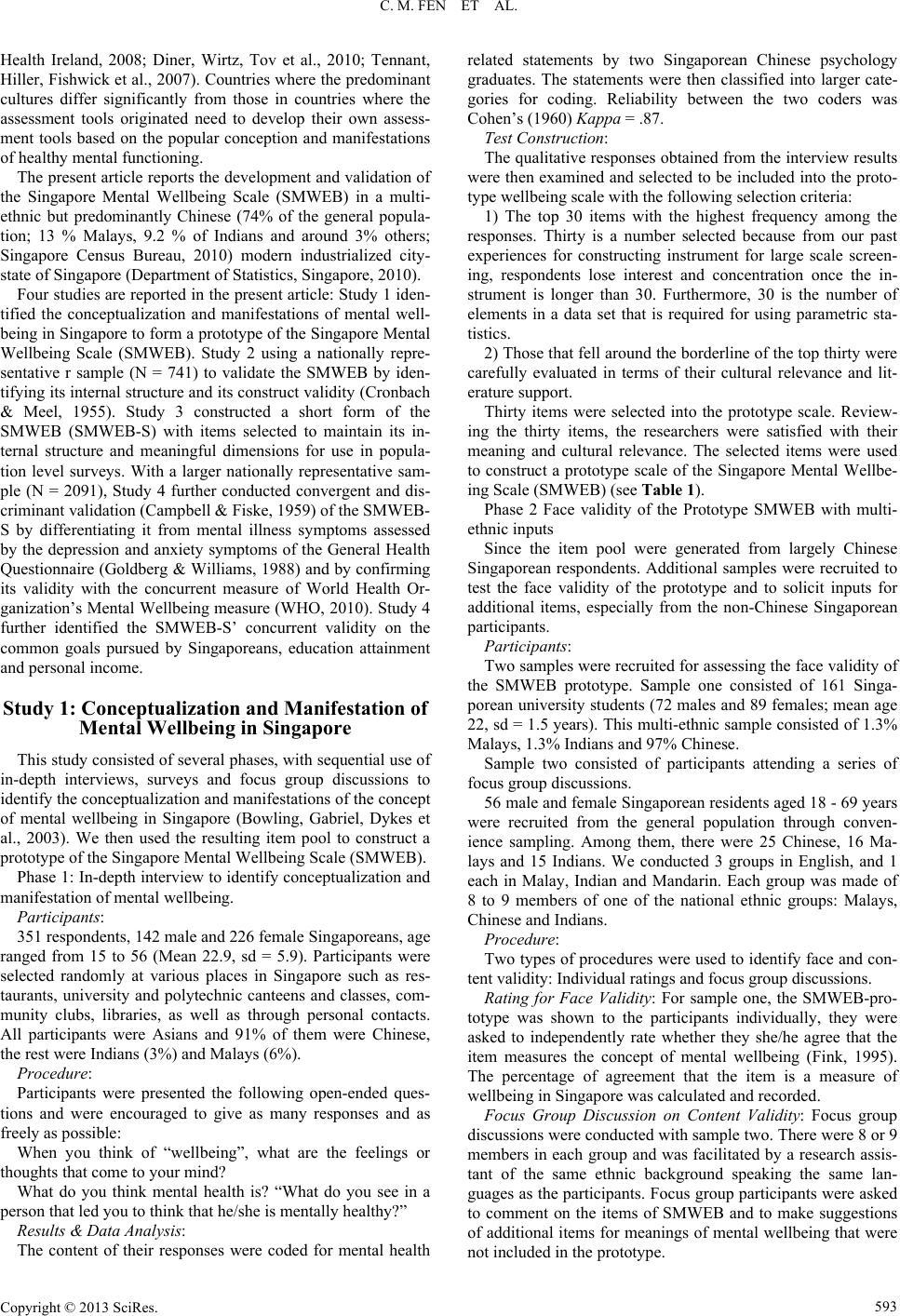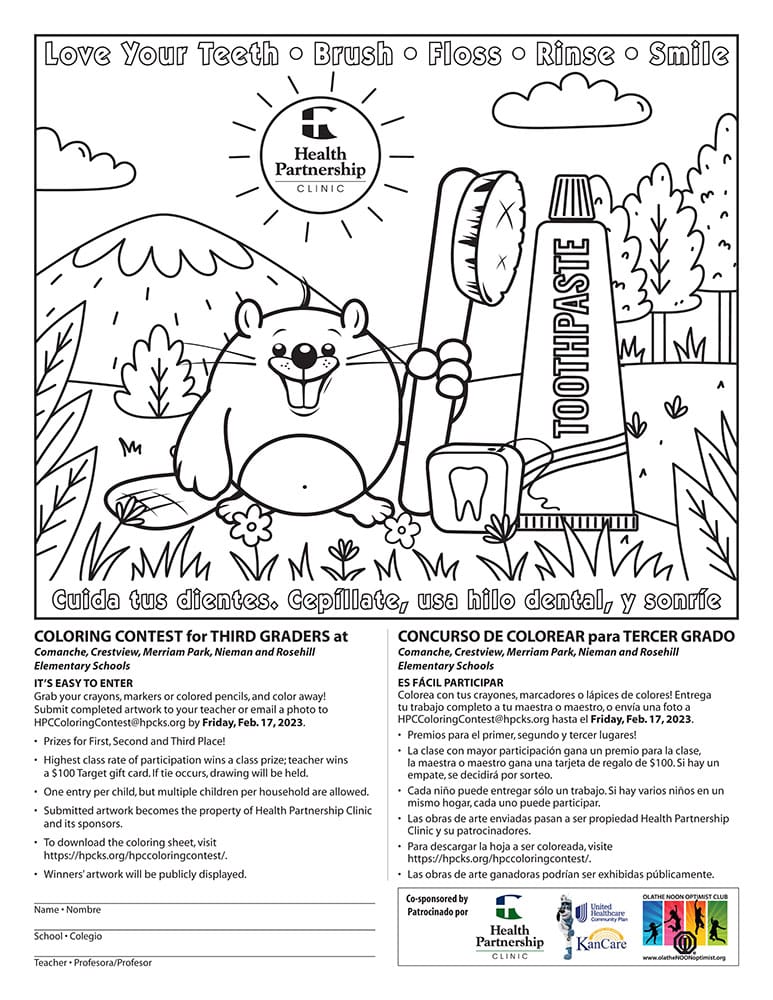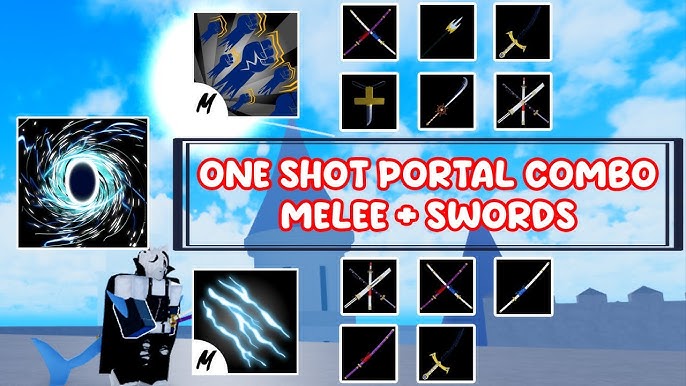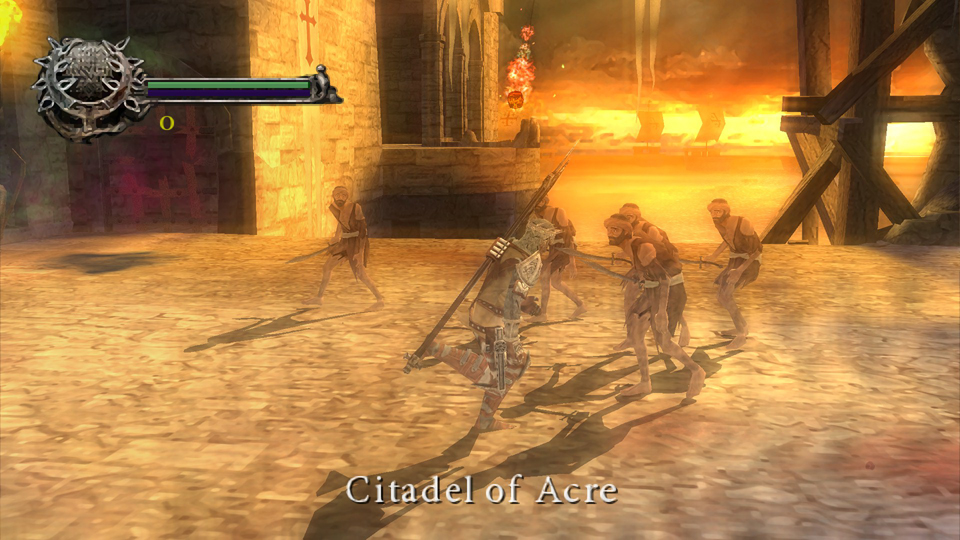Object-Oriented Programming – Insert Press
Por um escritor misterioso
Descrição
Hardbound, full color Dimensions: 8.75” x 11.5” x 0.5” 116 pages ISBN: 978-0-9814623-6-3 January 13, 2012 - March 30, 2012 Palo Alto Research Center (PARC, a Xerox Company) Katie Herzog: Object-Oriented Programming, a catalog of Herzog's recent exhibition at the Palo Alto Research Center (PARC, a Xerox Company) include
Hardbound, full color Dimensions: 8.75” x 11.5” x 0.5” 116 pages ISBN: 978-0-9814623-6-3 January 13, 2012 - March 30, 2012 Palo Alto Research Center (PARC, a Xerox Company) Katie Herzog: Object-Oriented Programming, a catalog of Herzog's recent exhibition at the Palo Alto Research Center (PARC, a Xerox Company) includes essays by Amelia Acker and Andrew Choate in a large format, full color, hardbound edition of 116 pages. Including over 50 plates and 30 installation shots, Katie Herzog: Object-Oriented Programming collects Herzog's work from over the past decade or more in what was a single large scale exhibition from January 13. 2012 - March 30, 2012 and what now is an artist's book published very proudly by Insert Blanc Press in the Insert Blanc Monograph series. Katie Herzog’s cross-disciplinary practice addresses information economies utilizing painting as a mode of representing, producing, and deconstructing knowledge in the public sphere. For her solo exhibition, Object-Oriented Programing, at the Palo Alto Research Center in 2012 (PARC, a Xerox company), Herzog exhibited over fifty paintings in the hallways and lobbies of one of the most storied institutions in the history of information technology. Object-oriented programming is a computer programming paradigm that was introduced by PARC in the early 1970’s. This new language used “objects” as the basis for computation (capable of receiving messages, processing data, and sending messages to other objects), as opposed to the conventional programming model, in which a program is seen as a list of tasks. Herzog’s exhibition utilizes this concept as a conceptual and epistemic basis for how her paintings function as a language to develop meaning, where “programming” in the exhibition title connotes both contextualized computer programming as well as public programming. Works in the show provide expressive, symbolic, and conceptual narratives of an information era, including “If I Die My Email Password Is,” “Documents (Heads You Lose),” and “Information Overload Syndrome,” among others. Herzog’s practice embodies a unique visionary approach to painting, knowledge production, and artistic research, through a multifaceted engagement of civil service, disjunctive librarianship, and animal-assisted literacy.
Hardbound, full color Dimensions: 8.75” x 11.5” x 0.5” 116 pages ISBN: 978-0-9814623-6-3 January 13, 2012 - March 30, 2012 Palo Alto Research Center (PARC, a Xerox Company) Katie Herzog: Object-Oriented Programming, a catalog of Herzog's recent exhibition at the Palo Alto Research Center (PARC, a Xerox Company) includes essays by Amelia Acker and Andrew Choate in a large format, full color, hardbound edition of 116 pages. Including over 50 plates and 30 installation shots, Katie Herzog: Object-Oriented Programming collects Herzog's work from over the past decade or more in what was a single large scale exhibition from January 13. 2012 - March 30, 2012 and what now is an artist's book published very proudly by Insert Blanc Press in the Insert Blanc Monograph series. Katie Herzog’s cross-disciplinary practice addresses information economies utilizing painting as a mode of representing, producing, and deconstructing knowledge in the public sphere. For her solo exhibition, Object-Oriented Programing, at the Palo Alto Research Center in 2012 (PARC, a Xerox company), Herzog exhibited over fifty paintings in the hallways and lobbies of one of the most storied institutions in the history of information technology. Object-oriented programming is a computer programming paradigm that was introduced by PARC in the early 1970’s. This new language used “objects” as the basis for computation (capable of receiving messages, processing data, and sending messages to other objects), as opposed to the conventional programming model, in which a program is seen as a list of tasks. Herzog’s exhibition utilizes this concept as a conceptual and epistemic basis for how her paintings function as a language to develop meaning, where “programming” in the exhibition title connotes both contextualized computer programming as well as public programming. Works in the show provide expressive, symbolic, and conceptual narratives of an information era, including “If I Die My Email Password Is,” “Documents (Heads You Lose),” and “Information Overload Syndrome,” among others. Herzog’s practice embodies a unique visionary approach to painting, knowledge production, and artistic research, through a multifaceted engagement of civil service, disjunctive librarianship, and animal-assisted literacy.
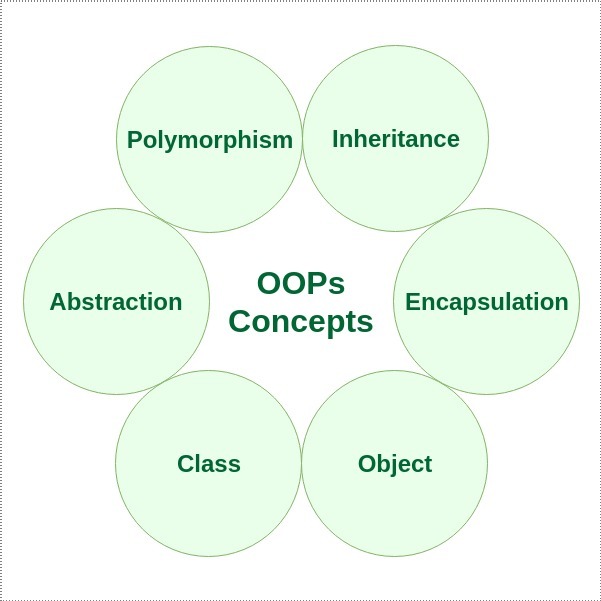
Best Practices of Object Oriented Programming (OOP) - GeeksforGeeks
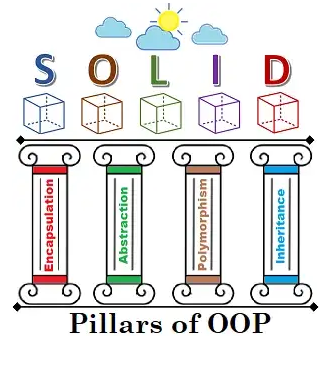
Advanced Object-Oriented Programming (OOP), by Al Yasrebi

Python Object Oriented Programming Exercises Become a

Introduction To ActionScript 3, PDF, Control Flow
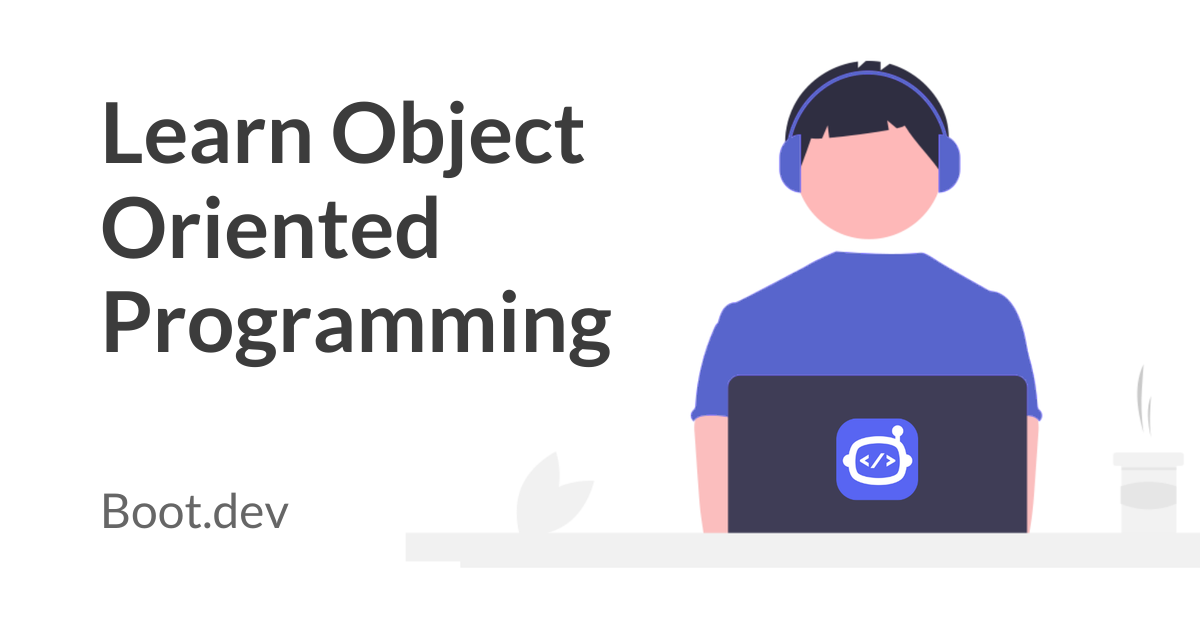
Object Oriented Programming in Python – Full Crash Course

How To Apply Polymorphism to Classes in Python 3
Used Book in Good Condition

Object-Oriented Programming for Dummies

Object-Oriented Python: Master OOP by Building
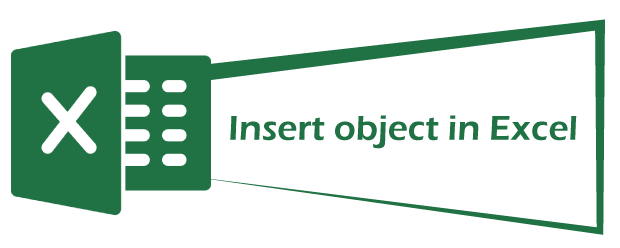
Insert object in Excel - javatpoint
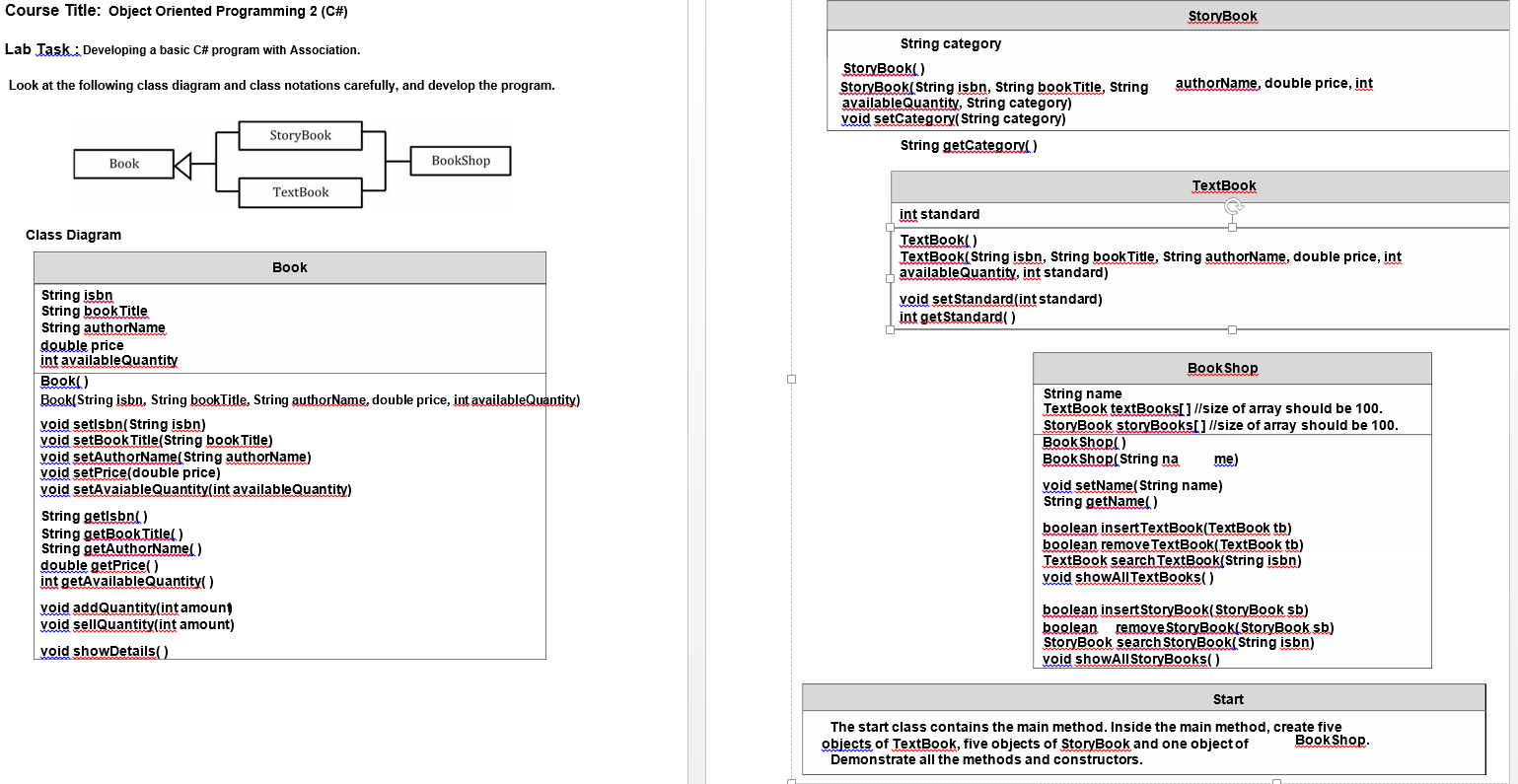
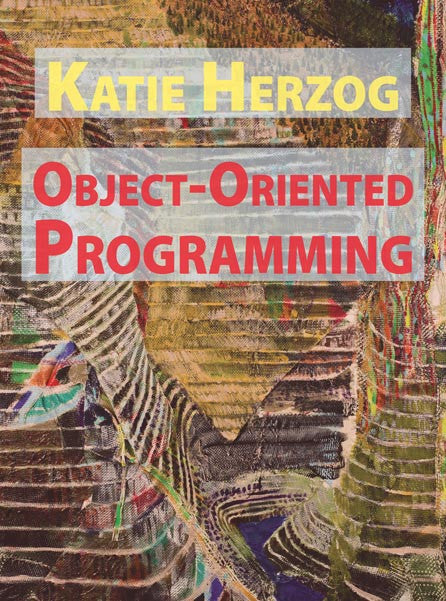
Object-Oriented Programming – Insert Press

Visualizing Object-Oriented Programs.
de
por adulto (o preço varia de acordo com o tamanho do grupo)

